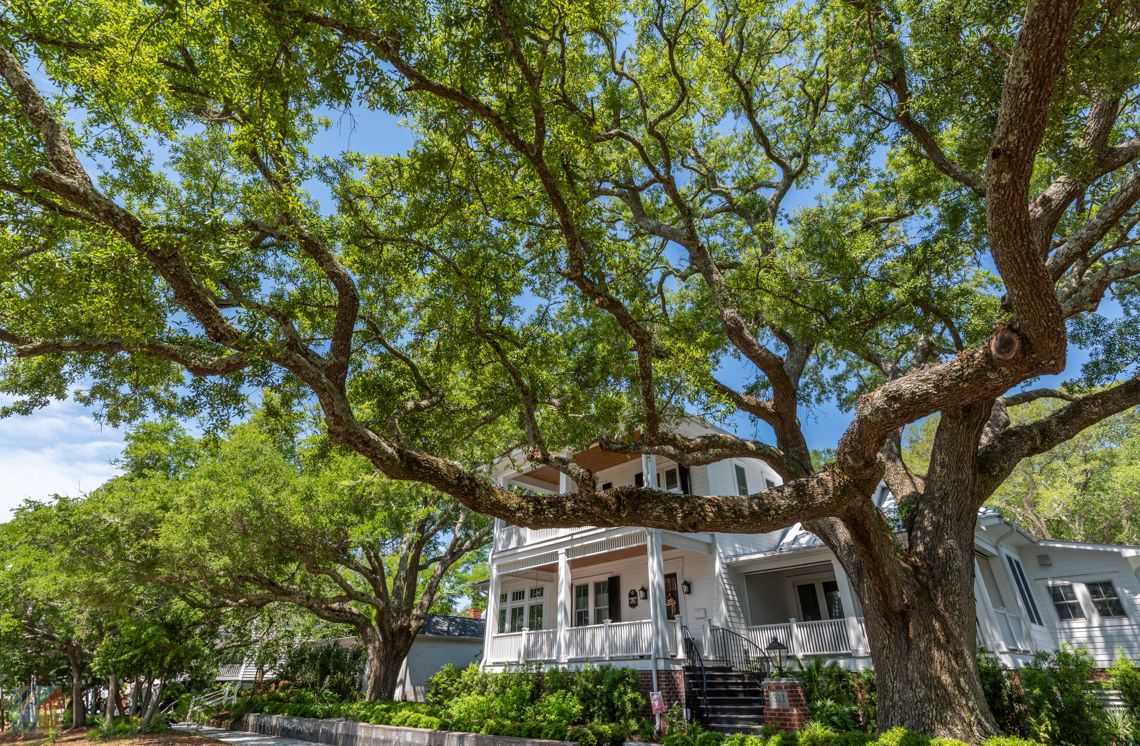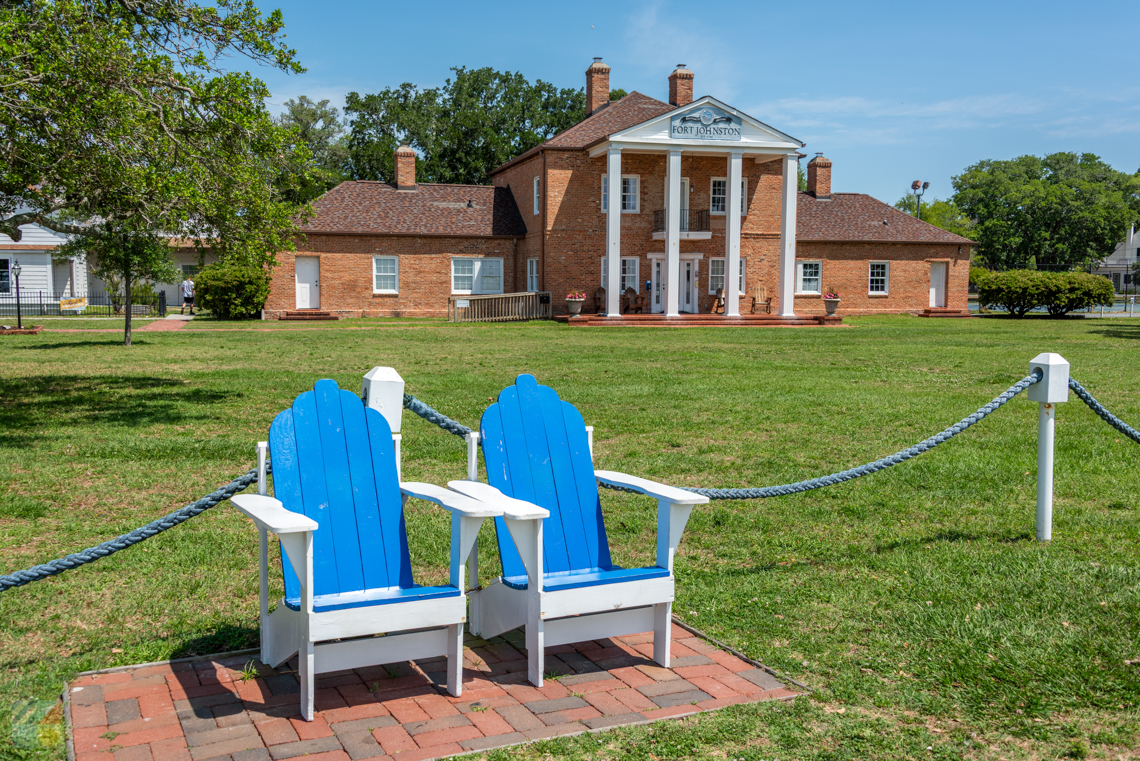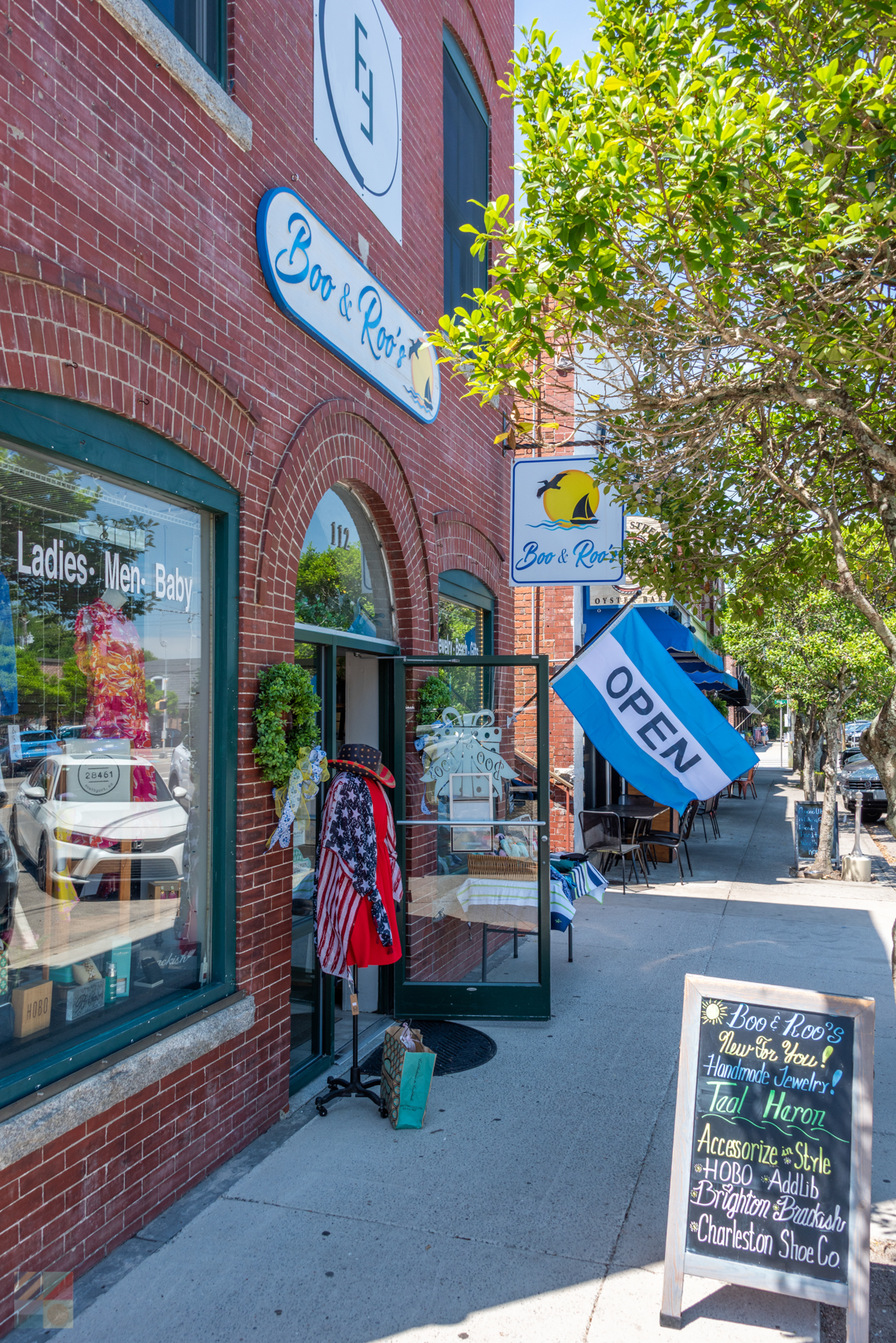The lower Cape Fear region was explored in the 1521 and again in 1526 by the Spanish. They chose to move on, due to poor soil and lack of adequate fresh water supplies.

The first settlement in the area, Brunswick Town, was located further up the Cape Fear River. Fort Johnston was built at the mouth of the river between 1745 and 1754 to protect the upriver settlements and provide quarantine service for incoming seamen. A small community of river pilots, traders, and fishermen sprang up around the fort.

In 1792, Joshua Potts requested that the NC General Assembly commission the town. The town was originally named Smithville, after Benjamin Smith, who had served under General George Washington in the Revolutionary War. He later became Governor of North Carolina.

Smithville grew as a fishing village and military town --because of its strategic location, Fort Johnston was active in every United States war effort. It also became a popular summer resort, due to the steady sea breezes.

In 1795, the town began observing Independence Day. It now host the Official North Carolina 4th of July celebration. Smithville became the county seat of Brunswick County in 1808. (The county seat was moved to Bolivia in 1975.)

After the Civil War, businessmen tried to create a major southern port here by combining river transportation and railroads. The name Southport was chosen in 1887 as part of that promotional effort. Though the town never became a major port city, it did gain telegraph service and a coaling dock for steamships.

Southport was on the river steamer routes until 1925. Railroads did serve the town from 1911 until World War II. In 1966 the NC Department of Transportation located the landing for the Fort Fisher ferry nearby.












There’s an ocean of adventures waiting for visitors at the Jungle Rapids Family Fun Park. Featuring a full range of entertainment options including a water park, mini golf course, go karts, arcade, and so much more, veritably every visitor...
Visitors who are on the hunt for the postcard-perfect vacation rental in the heart of the Carolina Beach or Kure Beach area will find an enticing selection and plenty of friendly customer service when they rent through Victory Beach Vacations. Based...
Welcome to the newly renovated Dry Dock Inn, your perfect Carolina Beach retreat. Just steps from the sand and boardwalk, our inn combines modern updates with coastal charm for an unforgettable stay. From effortlessly comfortable individual rooms to...
Celebrating its 50th anniversary in 2014, the Cameron Art Museum has grown over the past five decades into one of coastal North Carolina's premier collections of regional, national and international art, filling virtually every corner of its gallery...







